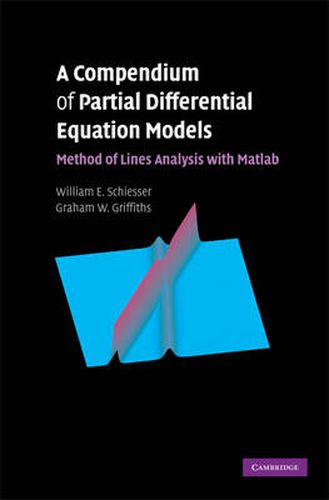Readings Newsletter
Become a Readings Member to make your shopping experience even easier.
Sign in or sign up for free!
You’re not far away from qualifying for FREE standard shipping within Australia
You’ve qualified for FREE standard shipping within Australia
The cart is loading…






Mathematical modelling of physical and chemical systems is used extensively throughout science, engineering, and applied mathematics. To use mathematical models, one needs solutions to the model equations; this generally requires numerical methods. This book presents numerical methods and associated computer code in Matlab for the solution of a spectrum of models expressed as partial differential equations (PDEs). The authors focus on the method of lines (MOL), a well-established procedure for all major classes of PDEs, where the boundary value partial derivatives are approximated algebraically by finite differences. This reduces the PDEs to ordinary differential equations (ODEs) and makes the computer code easy to understand, implement, and modify. Also, the ODEs (via MOL) can be combined with any other ODEs that are part of the model (so that MOL naturally accommodates ODE/PDE models). This book uniquely includes a detailed line-by-line discussion of computer code related to the associated PDE model.
$9.00 standard shipping within Australia
FREE standard shipping within Australia for orders over $100.00
Express & International shipping calculated at checkout
Mathematical modelling of physical and chemical systems is used extensively throughout science, engineering, and applied mathematics. To use mathematical models, one needs solutions to the model equations; this generally requires numerical methods. This book presents numerical methods and associated computer code in Matlab for the solution of a spectrum of models expressed as partial differential equations (PDEs). The authors focus on the method of lines (MOL), a well-established procedure for all major classes of PDEs, where the boundary value partial derivatives are approximated algebraically by finite differences. This reduces the PDEs to ordinary differential equations (ODEs) and makes the computer code easy to understand, implement, and modify. Also, the ODEs (via MOL) can be combined with any other ODEs that are part of the model (so that MOL naturally accommodates ODE/PDE models). This book uniquely includes a detailed line-by-line discussion of computer code related to the associated PDE model.